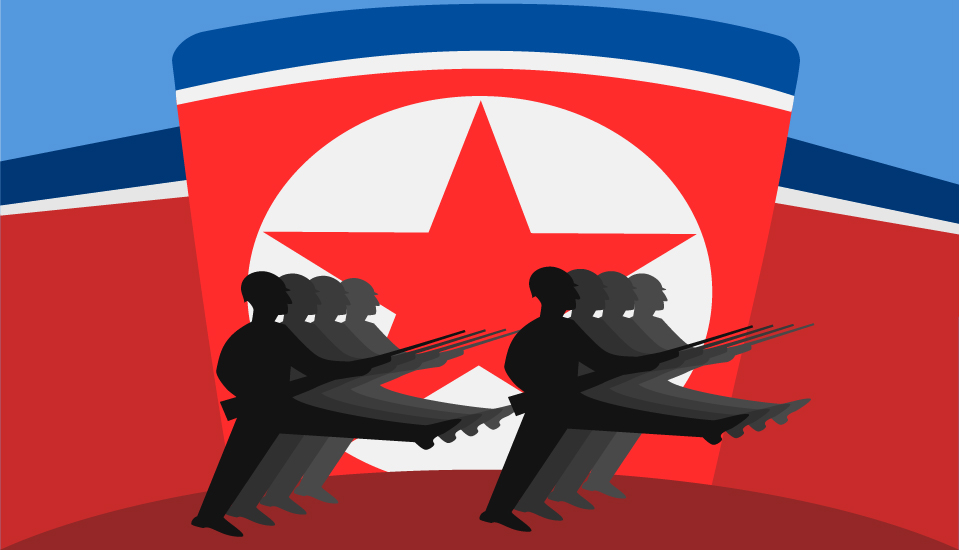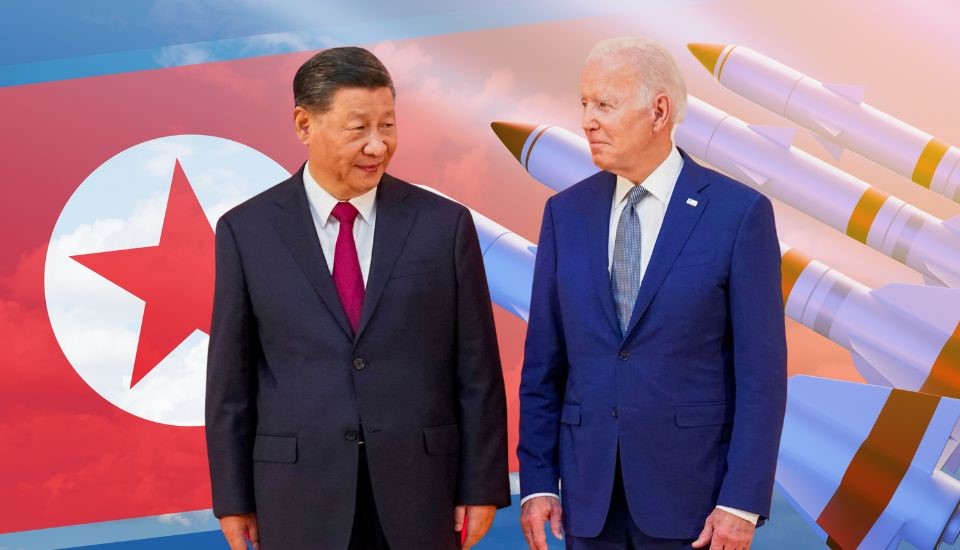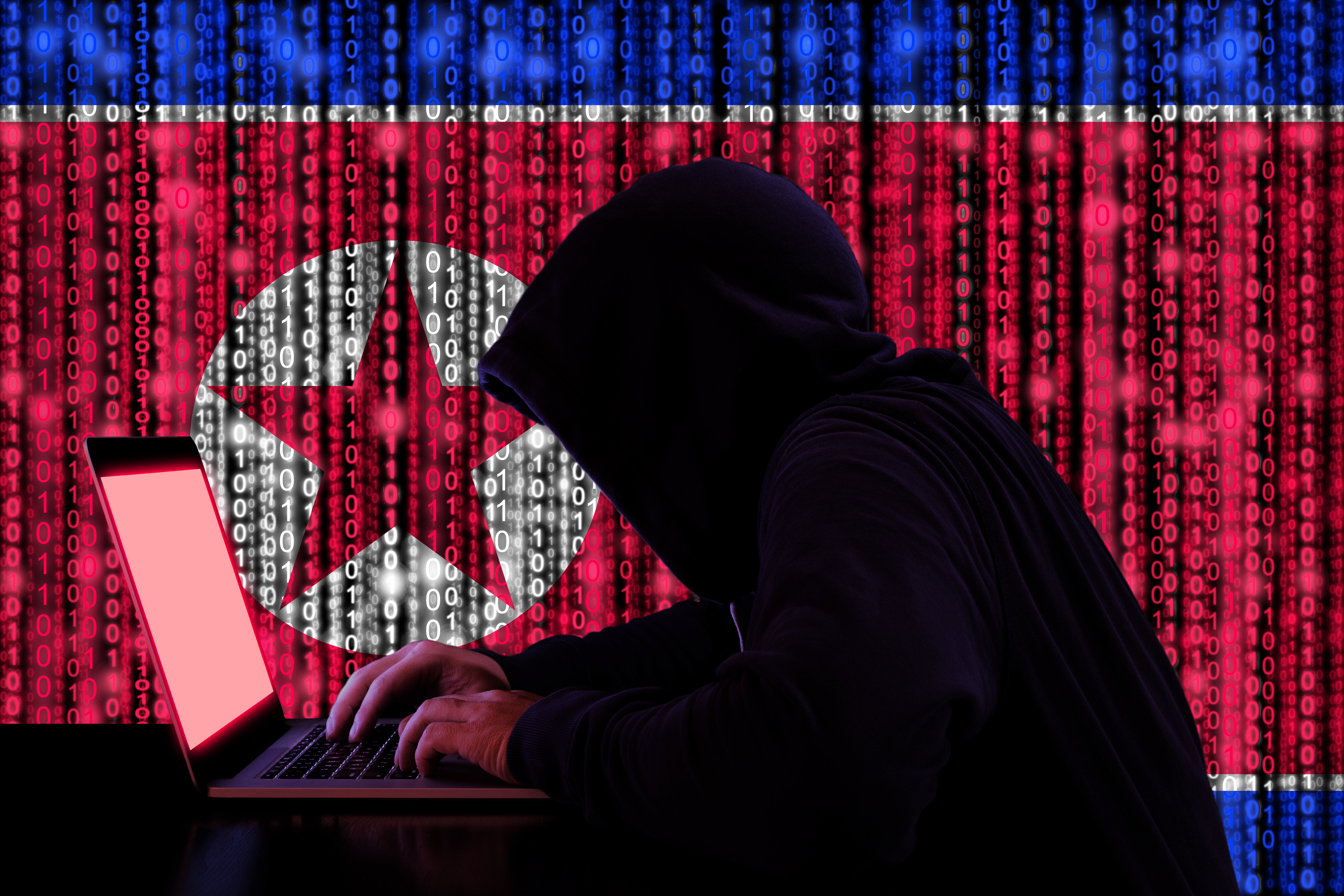
Crisis Management Strategies for a Potential Conventional Escalation on the Korean Peninsula
Commentary | December 12, 2023
Ho-ryung Lee
Senior Research Fellow, Korea Institute for Defense Analyses (KIDA)
Ho-ryung Lee, a senior research fellow at the Korea Institute for Defense Analyses, explores the possibility of a conventional warfare on the Korean Peninsula by drawing comparisons with the Russia-Ukraine war and the Israel-Hamas conflict. Based on the analysis of North Korea’s weapons and tactics, the consolidation of an anti-U.S. coalition, and the militarization of the JSA due to the termination of the 9.19 Military Agreement, Lee assesses that North Korea's capability for a surprise attack has been enhanced. As North Korea attempts to test the military readiness of the ROK-U.S. alliance by increasing strategic uncertainty and vulnerability on the Peninsula, Lee urges South Korea to bolster its defense posture while also developing measures to mitigate military tensions and uncertainties.
Despite North Korea’s frequent conventional provocations, the focus of the Korean Peninsula crisis has long been centered on the nuclear and weapons of mass destruction (WMD) threat posed by its nuclear and missile capabilities. However, the recent surprise attack by Hamas on Israel calls for a reevaluation of such perception. Russia, which strove to modernize its strategic weapons, has been unable to find a way out of the war in Ukraine. The country has been so short of conventional artillery shells that it has turned to buying outdated conventional weapons from North Korea. Meanwhile, the Iron Dome,[1] Israel’s state-of-the-art rocket defense system, was unable to effectively intercept Hamas’ surprise attack of nearly 7,000 rockets. Israel has deployed ground troops to Gaza in an attempt to eliminate or neutralize Hamas, but the resulting civilian casualties have made it difficult to find a desirable exit strategy.
The situation in Europe and the Middle East is not merely a story of war and armed conflict irrelevant to the Korean Peninsula. First, the possibility of North Korea’s surprise attack on South Korea and its tactical and weapon capabilities has already been demonstrated through the Ukraine conflict and the Hamas attack. North Korea not only provides conventional weapons to Russia for its war in Ukraine, but also cannot be ruled out as a potential supplier of advanced artillery or missiles (Anderson 2023; Murphy 2023). Furthermore, Hamas’ rocket attacks and surprise tactics against Israel are directly or indirectly linked to North Korea. In its recent strike on Israel, evidence indicates Hamas’ use of DPRK-made F-7 rocket-propelled grenade launchers (RPGs), and its military tactics appear to share similarities with those of the DPRK (Kim 2023). This raises serious concerns about North Korea’s potential for surprise provocations and attacks on South Korea.
Secondly, Russia, Hamas, and Iran (which has been providing weapons to Hamas all prioritize strategic alignment within the anti-U.S. coalition. Hamas’ attacks on Israel could potentially create a favorable strategic environment for Russia, and the spread of disinformation by Hamas, coupled with Israel’s counterattacks in the Gaza Strip, may lead to the development of an anti-Israel coalition or an anti-U.S. coalition among the Arab nations. North Korea may seek to extend the anti-U.S. front across Europe, the Middle East, and Northeast Asia, by creating tension or initiating armed conflicts on the Korean Peninsula. This is because it could mistakenly presume that the expansion of the anti-U.S. bloc’s sphere of influence would inadvertently lead to the expansion of North Korea’s own strategic space.
Thirdly, North Korea’s violation of the 9.19 Inter-Korean Military Agreement must be taken into account. Despite fierce opposition from the international community, North Korea launched its third military reconnaissance satellite on November 21st, following the failures of the first in May and the second in August. ROK’s Joint Chiefs of Staff had issued a final warning on the 20th, urging North Korea to cease its launches and taking measures to partially suspend the September 19th agreement. Nevertheless, North Korea launched the Cheonrima-1 satellite the following day. In response, the Ministry of National Defense (MND) suspended Article 1, Paragraph 3 of agreement, reinstating aerial reconnaissance, as well as a monitoring and surveillance activities near the Military Demarcation Line (MDL). Subsequently, North Korea announced a de facto termination, stating that it would “immediately restore all military actions halted according to the agreement” and even declared its intention to “deploy more powerful weaponry and new military equipment along the MDL” (KCNA 2023/11/23). Following the declaration of the complete suspension of the September 19th military agreement, North Korea began restoring the 11 Guard Posts (GP) it had dismantled in the demilitarized zone in 2018, and initiated the remilitarization of the Joint Security Area (JSA) by arming its personnel with handguns. Since the termination of the agreement, both North and South Korea are rapidly regressing to pre-September 19th conditions and enhancing their readiness posture.
These three characteristics serve as a wake-up call, highlighting that confrontations ranging from conventional military conflicts to nuclear escalation on the Korean Peninsula could occur at any moment. North Korea has emphasized the “completion of nuclear power” by strengthening its tactical nuclear capabilities since the 8th Korean Worker’s Party Congress in 2021, urging the early accomplishment of the five strategic weapons. They have subsequently made significant progress in standardizing, diversifying, and advancing the development of warheads, delivery means, and fuels. Moreover, North Korea swiftly transitioned from liquid-fueled to solid-fueled missiles, demonstrated new short-range, medium-range, long-range ballistic and cruise missiles, conducted training exercises involving multiple launchers, large-caliber artillery, and new ballistic missiles based on an artillery-centric policy, and intensified their hostile policy towards the South. In light of these developments, North Korea’s capacity for a surprise attack has evidently been significantly strengthened.
In response to North Korea’s actions, South Korea and the United States have quickly shifted towards a proactive defense policy, focusing on strengthening their execution of extended deterrence against North Korea. This has included establishing the Nuclear Consultative Group (NCG), enhancing nuclear response planning and operations, and revising the “Tailored Deterrence Strategy (TDS)” for the first time in a decade (Ministry of National Defense, 2023). They are actively coordinating to enhance their capabilities in all aspects of the TDS, from planning, operations, exercises, to preparedness. In other words, South Korea and the U.S. are seeking to deter North Korea through a strategic approach known as Conventional-Nuclear Integration (CNI), which involves the seamless coordination of both conventional and nuclear forces in their planning, operations, and exercises.
In this context, North Korea is likely to further escalate the “strong versus strong” dynamic and challenge the ROK-U.S. defense posture. In particular, North Korea may engage in provocations that “visualize” the costs of terminating the September 19 Inter-Korean Military Agreement, including the remilitarization of the demilitarized zone (DMZ) and suspension of the maritime peace zone in the West Sea. For instance, North Korea could conduct provocations under the pretext of firepower exercises during the process of restoring the GPs along the Military Demarcation Line and deploying new weapons to the border area. It may also attempt to neutralize the Northern Limit Line (NLL) through live-fire naval exercises in the West Sea. Additionally, North Korea might pursue provocations in gray zones, such as through unmanned aerial vehicle or underwater torpedo attacks by submarine, which are difficult to detect.
North Korea will attempt to increase mutual uncertainty and vulnerability on the Korean Peninsula through such provocations. Therefore, to neutralize North Korea’s aggressive strategic and tactical intentions and actions, it is crucial for South Korea to closely monitor North Korean movements. This can be achieved by delegating authority and enhancing readiness, enabling on-site commanders to respond promptly and increasing North Korea’s vulnerability. Additionally, it is essential to emphasize that South Korea is ready to discuss measures to reduce uncertainty, should North Korea choose to de-escalate.
References
Anderson, Jamin. 2023. “Satellite pics show spike in rail activity at NKorea-Russia Border.” Radio Free Asia (RFA). October 9. https://www.rfa.org/english/news/korea/russia-10092023161409.html
Kim, Taewook. 2023. “Interview with Akiba Thor, Israeli Ambassador to the Republic of Korea.” Monthly Joongang. November 17. https://jmagazine.joins.com/monthly/view/338741 [Korean]
Kim et al. 2023. “Evidence shows Hamas militants likely used some North Korean weapons in attack on Israel.” AP News. October 19. https://apnews.com/article/israel-palestinians-hamas-north-korea-weapons-703e33663ea299f920d0d14039adfbb8
Korean Central News Agency (KCNA). 2023. “Statement by the Ministry of National Defense of the Democratic People’s Republic of Korea.” November 23.
Murphy, Matt. 2023. “North Korea sending Russia military equipment, US claims.” BBC News. October 14. https://www.bbc.com/news/world-us-canada-67109719
U.S. Department of Defense. 2023. “55th Security Consultative Meeting Joint Communique.” November 13. https://www.defense.gov/News/Releases/Release/Article/3586522/55th-security-consultative-meeting-joint-communique/
[1] The “Iron Dome,” with an average interception rate of 90%, currently operates ten batteries, where each battery consists of 3 to 4 launchers, and each launcher can deploy a maximum of 20 interception missiles. In theory, it can launch 600 to 800 interception missiles at once, applying a 90% interception rate, thereby capable of intercepting 500 to 700 adversary missiles. Consequently, the interception capacity of the Iron Dome is inherently limited in the face of a sudden saturation attack involving thousands of missiles.
■ Typeset by: Jisoo Park, Research Associate
For inquiries: 02 2277 1683 (ext. 208) | jspark@eai.or.kr
Security and External Relations

DPRK Nuclear Issue after APEC U.S.-China Summit
Chaesung Chun | 30.November.2023

A Way forward to Counter North Korea’s Evolving Cyber Threats
Bora Park | 27.November.2023

Shaping the Conditions for Nuclear Futility
Dong-Yub Kim | 20.November.2023
LIST